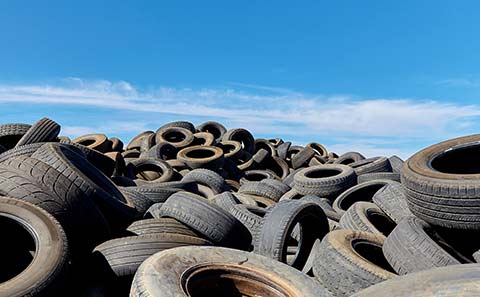How long do tires last? How many miles are tires good for? – these are all valid questions vehicle owners ask.
Sadly, there is no concrete answer about the service length tire sets offer. Some models will last above 70,000 miles, while other tires will barely reach 30,000. It all depends on their weather and terrain applications, durability, and performance. But, how can we ensure that our tires will last as long as possible?
How Many Miles do Tires Last?
Typically an average tire mileage is 50,000 miles – this is how long tires last. However, it will differ from tire to tire, depending on its season, performance, and category. In other words, not all tires offer equal tread lives.
Tire manufacturers offer versatile tire types for various applications. The different tires will not offer the same tread life length. For example, all season and winter tires cannot be used for the same length of time. Therefore, it is important to know what you are looking for and keep your expectations to that.
When you purchase the right tires and keep up with their maintenance regularly, your vehicle will run on them for a long time.
Tire Tread Depth Chart:
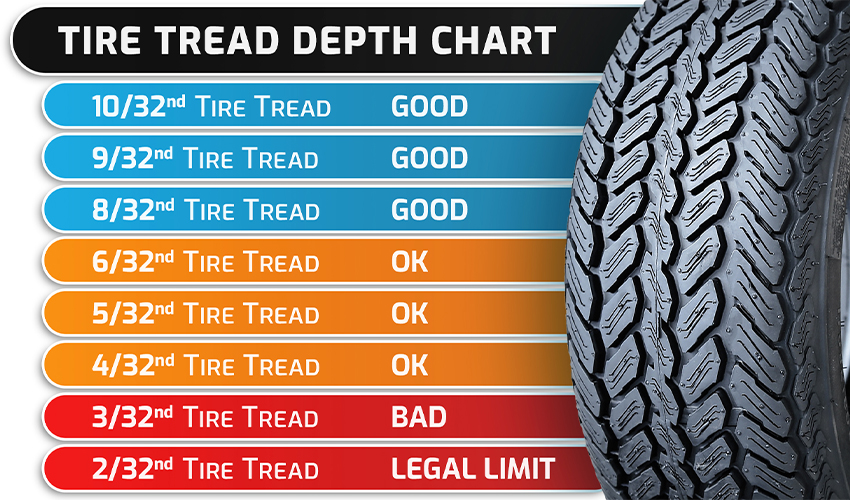
Factors that Affect Tire Wear
Tire wear is normal. However, some factors can significantly accelerate wear and cause irregular formations, which shorten the tire’s usability.
Tire Age vs Tire Wear
Tire manufacturers state that tires can be used for up to six years, yet many tire sets do not live to see that milestone. This is due to tire wear and tread damage that shortens the tire’s service life.
Dry rot can develop on the tread area and sidewalls. UV rays dry out the rubber and create hairline cracks. Dry rot will cause tires to lose air pressure slowly, making them unusable in the long run. However, dry rot can also appear with tire age, if the tires are incorrectly stored.
Most drivers will need new tires because of tire wear. Vehicle problems and other external factors can easily cause uneven wear, flat spots, and tread or casing damage, which significantly shorten the tread life.
Take a look at this tire wear chart which shows different possible uneven wear formations.
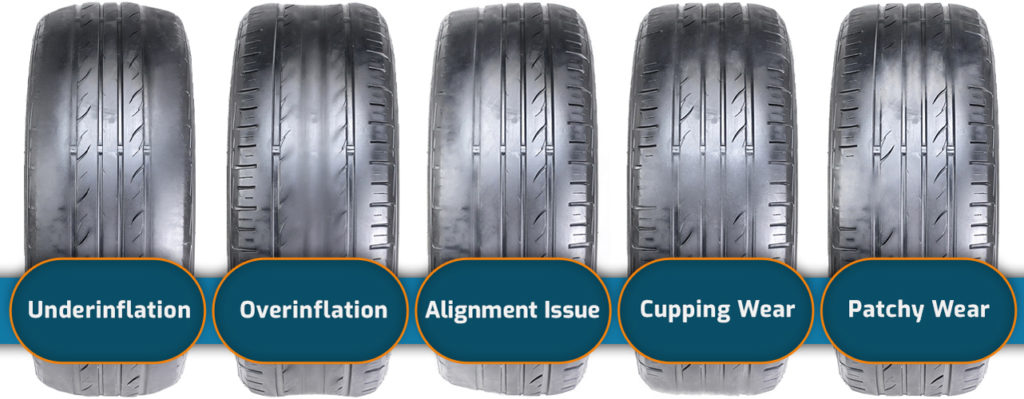
Poor Road Conditions
In a perfect world, we all would be driving on highways. Sadly, the reality is different and our tires suffer the consequences. Potholes, cracks on the road, and uneven road conditions affect the tires and their life expectancy.
Running over a pothole does not necessarily cause immediate damage. However, they can be the culprit behind the tire constantly losing PSI. They can also mess up the alignment, leading to uneven wear. Worst of all, most manufacturers do not offer road hazard warranty with their models.
Overly Ambitious Driving Style
An aggressive driving style can lead to premature tire wear. Most tires are not able to withstand excessive pressure levels, sharp maneuvering, and quick braking. These will cause the rubber to wear out quickly and often unevenly.
If you are such a driver, be prepared to change tire sets often. Tire manufacturers create their tire models for driving safety for specific applications. However, even high performance tires have their limits, and we are not just talking about the driving speed.
Excessive pressure and friction between the tire and the road will greatly reduce the tire’s performance.

Lack of Tire Maintenance
With the tires rotated, tire pressure, and alignment checked, you can rest assured that your car tires will offer excellent driving safety. The problems come when we neglect tire and vehicle maintenance.
Irregular alignment will place more friction on certain tread areas, causing them to wear more. Not rotating the tires will result in one pair wearing out quicker than the other. Tire pressure levels also mess with the tread wear. Overinflated tires have accelerated wear on their center, while underinflated models run on their shoulders.
Therefore, regular upkeep is more than necessary in order to maintain the tire life.
When to Replace Tires?
Does your vehicle shake? Does it pull to the side? It might be time to replace your tires.
When the time comes to get a new tire set, you will notice a dip in their performance. The vehicle will not be as responsive, you will feel vibrations and excessive road noise, etc. But, how often should tires be replaced?
Well, let’s see…
Tread Depth Running Low
A tire should wear slowly and evenly throughout its service life. However, a time does come when it reaches the minimum allowed tread depth, 2/32″ (in most states). When this happens, the tire is no longer fit for use.
Tire brands utilize versatile technologies to elongate this process, from optimized tread patterns to durable rubber blends, but it is inevitable. If no other factors have accelerated this process, the tire has about 30,000 to 50,000 miles under its tread.
Yet, when it reaches this state, it no longer offers the driving safety necessary. A tire with 2/32″ of tread left is worn-out and it should not be left on the vehicle (if you plan to use it).
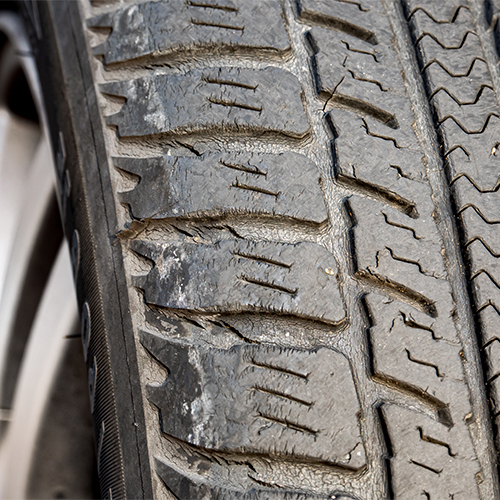
Road Vibrations and Noise
Discomfort is another way you will notice the tire life is running low. When tires reach their end, their footprints’ will no longer feature the intricate sipe and groove details. This leads to excessive road vibrations and noise reaching the vehicle’s cabin.
In other words, when the technologies brands used to reduce sound wave and vibration levels wear away, the tires are unable to offer the same comfort levels as before. However, sudden changes in road noise levels and vibrations can also be traced back to other vehicle issues, checking the tires will not hurt. In fact, it will just give you peace of mind.
Tire Expiration Date (DOT Number)
Each and every tire comes with a DOT number. This number tells us when the tire was manufactured, as it shows the week and year of the manufacturing date.
For example, if the sidewall shows 3320, it means the tire was made on the 33rd week of 2020. While how long tires last is not necessarily dictated by their manufacturing date, a particular product’s longevity is usually defined by it. What we mean by this is that tire brands recommend changing tires at least every six years.
Therefore, even if the tires last longer than their recommended age, they can still offer good performance. Yet, often tire sets in everyday use will not live to see that age limit.
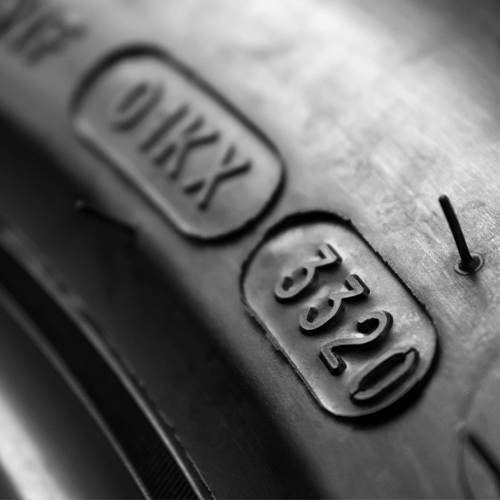
Make Your Tires Last Longer
Expect your tires to not last long if you do not take care of them. However, drivers can optimize the tire set’s performance, traction, controllability, etc. in order to increase their service life.
So, what can you do to reach the last number on the tire tread life expectancy chart as late as possible?
Well, let’s start with your handling of cars or trucks.
Change Your Driving Habits
A reckless and aggressive driving style will do a number on your tire set. It will cause accelerated and uneven wear, significantly shortening their usability.
Instead, stick to the speed limit. Take care of your vehicle and your tires will thank you. Slower driving and careful maneuvering and braking not only improve the driving safety of the car but also optimize the tire life.
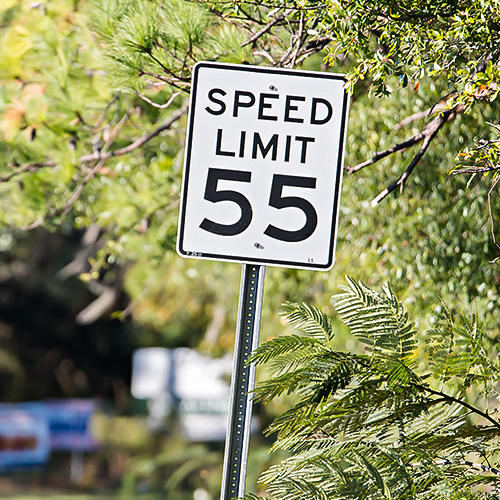
Regular Tire Maintenance
Tire pressure, tire balance, and tire rotations are the main factors you need to consider when talking about tire maintenance.
You can check the recommended air pressure levels of your vehicle’s tires in its owner’s manual or on the tires’ sidewalls. Keeping PSI at the necessary level will help to upgrade the tire’s performance, prevent irregular and premature tire wear, and greatly increase the tire set’s mileage.
Balancing, alignment, and tire rotations will increase the tires’ usability. Drivers often neglect these crucial vehicle maintenance factors. Inspect the tires regularly and remedy issues before they arise in this manner.
Tire Reading 101 – How to Check Your Tires?
How many miles should tires last? – This is a question every driver asks. But there is no straightforward answer as it greatly depends on the tire size, terrain and weather performance, expected application, etc. However, one thing they have in common is that drivers need to know how to inspect their car tires.
There are different tools one can use to do this. Checking air pressure and the tread wear manner of the tires can be easily done at a gas station, but what about the tread depth? What if you wish to do it at home?

Inspect Your Tires with These Tools
From PSI levels to the tread depth, everything can be checked by vehicle owners. However, you will need a couple of tools to be successful.
Your tool list should include:
- Car jack or lift, and jack stands – to comfortably lift the car
- A tire tread depth gauge – to measure the tread depth
- Tire pressure gauge – to check air pressure levels
- Tire iron or torque wrench – to safely remove the tire when needed
Let’s just stay at inspecting the tires. At home, unless we have a tire garage at our disposal, we can safely check the air pressure and tread depth of the tires.
Tire pressure gauges will help you measure air pressure levels inside the tire. When the tires are over- or underinflated, they will not offer their best performance. Therefore, correcting PSI levels is crucial to preserve the tread life of your tire set.
Inspecting the tread wear is next. There are different ways one can go about this task. You can purchase a tire depth gauge to make things easier. The tire tread gauge is the best tool for tread reading, as it will give a more accurate result than the tire penny test. They are relatively cheap to buy and will make the tire checking process quicker.
If all else fails, use the penny tire test. This is when you use a penny to measure the tread depth on the tire. For more information check out TireMart.com’s tire tread depth guide.
The Most Important Tire Health Factors
Vehicle maintenance begins with the tires. There are different factors car owners need to consider when checking their tires to ensure their longer usability.
Tire health check:
- Air pressure and inflation levels
- Tread depth
- Tread and casing damage
- Tire balance
We have already talked about these aspects before in this article, but let’s go through them quickly again.
Air pressure is measured in pounds per square inch, or PSI, which is the pressure inside the tires. Tire pressure is what allows tires to run in a safe manner. Over- or underinflating the tires will cause their service life to be shortened, as they make tires wear in their center tread area (overinflation) or shoulders (underinflation).
Tread depth is also crucial. Use a tread depth gauge to check the lifespan left on the tires, but do not use worn-out tires. In order to slow down the tread wear rate, adjust your driving habits, purchase tires that suit the driving and weather conditions, and rotate the tires every 5,000 miles.
Tires can easily get damaged if we are not careful. Road hazards are usually the cause of punctures, cuts, and impact damage, which damage the tire’s casing. On the other hand, dry rot and cracking are the results of various weather conditions – mainly UV rays. Be sure to keep the tires away from sunlight when they are not in use.
Balancing the tires and fixing the vehicle’s alignment will help you in the long run. They make sure the tires are running on their whole footprint. Out-of-round tires will create vibrations, while incorrect alignments result in irregular wear. Keep up with your vehicle maintenance to prevent such issues.
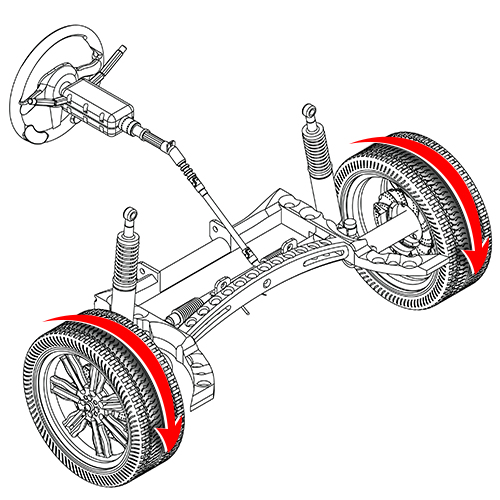
Frequently Asked Questions
How Long Do Tires Usually Last?
Good-quality all season tires usually last for about three to five years. However, depending on the tire type, size, and the season it is used in, tires can have shorter or longer average tire life. It is important to keep up with tire maintenance.
How Often Should You Get New Tires?
Generally speaking, tire manufacturers recommend changing tires every six years. Yet, if the tires are correctly taken care of (air pressure, even tread wear, etc.) they can last longer. Therefore, the answer to “how often do you need new tires?” depends on some external factors as well.
What Tread Depth to Replace Tires?
Tires should be replaced when the tread wear reaches 2/32″. This is when the tires should no longer be used. However, checking them regularly when they are reaching 4/32″ is also a good idea. That way you will make sure you are not driving on worn-out tires.
Do I Need an Alignment after Replacing Tires?
Yes, it is recommended to have the alignment checked after replacing tires. This will make sure the tires will not wear in an irregular manner from the first mile. Therefore, fixing uneven tire wear patterns will be easier later.
